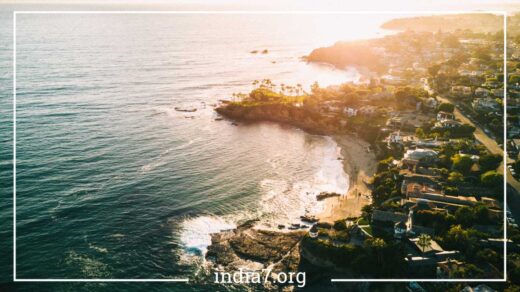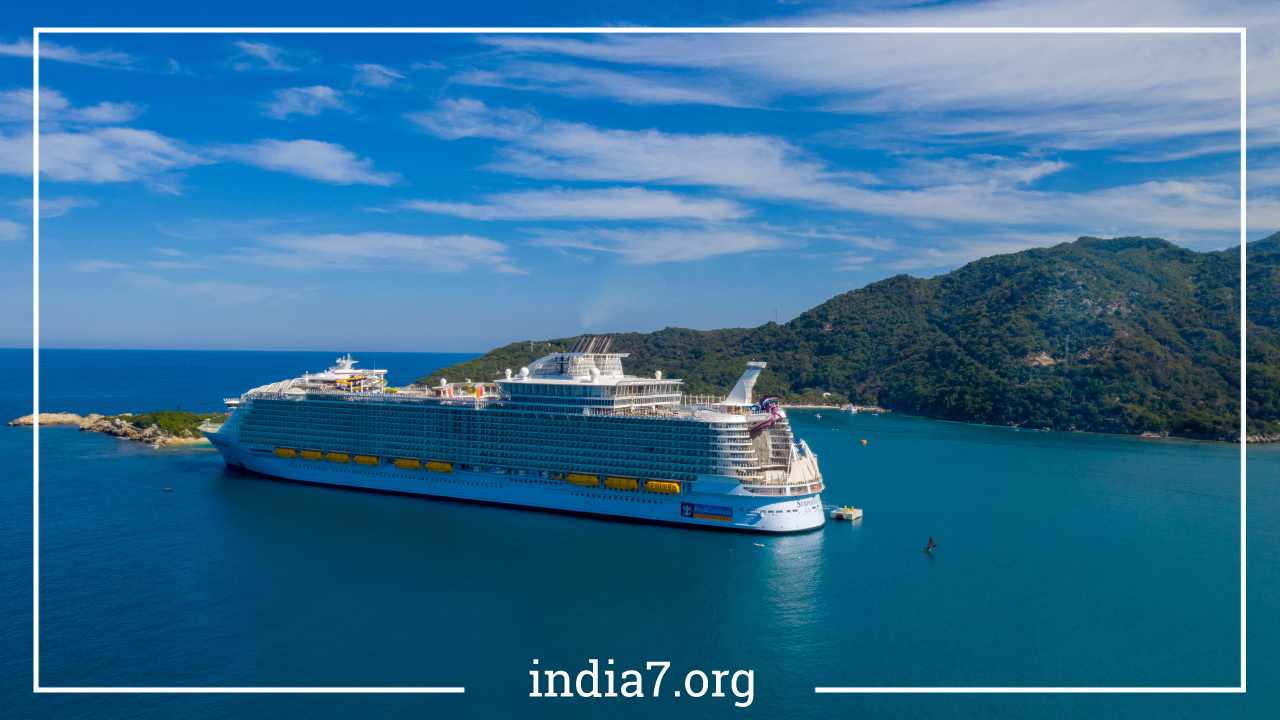Travel Tips to Norway: A Comprehensive Guide

Norway
Are you planning a trip to Norway? This Nordic country, situated on the western part of the Scandinavian Peninsula in Northern Europe, is a land of breathtaking natural beauty, rich history, and warm hospitality. Whether you’re an avid nature enthusiast or a culture seeker, Norway has something to offer every traveler. In this comprehensive guide, we will delve deep into travel tips and insights about Norway, from its geography and climate to its local customs, attractions, and transportation options.
About the Country
Norway, officially known as the Kingdom of Norway, is a Scandinavian nation that shares its borders with Sweden, Finland, and Russia. It is renowned for its stunning fjords, snow-covered mountains, and picturesque coastline. Oslo, the capital city, is not only the political and economic center but also a hub of culture and history. The country’s natural beauty, encompassing wild forests, historic towns, and charming fishing villages, makes it a top destination for travelers worldwide. Norwegians are known for their friendliness and hospitality, making tourists feel welcome throughout their stay. One of the unique attractions that draw visitors to Norway is the famous midnight sun, experienced in the Arctic region during the summer months. With its diverse offerings, Norway firmly holds its place as one of Europe’s greatest tourist destinations.
Population & Languages
Norway has a relatively small population, with approximately 4.6 million residents. The official languages spoken in the country are Bokmål Norwegian and Nynorsk Norwegian. Additionally, Sámi and Finnish are spoken in certain regions, reflecting the country’s cultural diversity.
Electricity
When it comes to electricity, Norway operates on a voltage of 230 V and a frequency of 50 Hz. Travelers should be aware that the country uses round pin attachment plugs and “Schuko” plugs and receptacles with side grounding contacts. Be sure to have the appropriate adapters or converters if needed.
Geographic Location
Norway’s geographical location places it in Northern Europe, with its western part comprising the majority of the Scandinavian Peninsula. This beautiful nation shares land borders with Sweden, Finland, and Russia. Norway’s landscape is marked by its mountainous terrain, covering approximately two-thirds of its total area. The country is also blessed with around fifty thousand small islands dotting its extensive coastline, which ranks among the world’s longest coastlines.
Climate
Understanding Norway’s climate is essential for planning your trip. The country experiences a temperate climate with notable variations between seasons. Summers tend to be warm, while winters are characterized by cold and overcast conditions. The interior highlands of Norway exhibit an arctic-like climate with heavy snowfall, severe wind chill, and frost during the winter months. Most of the rainfall in Norway occurs along the coastal regions, with winter seeing particularly heavy and frequent precipitation. Along the coast, winters are milder compared to the inland areas.
Local Customs
As with any country, Norway has its own set of customs and etiquette that visitors should be aware of:
- Toasting Tradition: It is customary to wait for the host to make a toast before drinking during a gathering or meal.
- Gift Giving: Guests are often expected to offer gifts to their hosts when invited for a meal or to someone’s home.
- Smoking Regulations: Smoking is generally prohibited in most public areas, so be mindful of designated smoking zones.
- Dress Code: Casual dress is acceptable for everyday wear, but it’s a good idea to dress slightly more formally for certain occasions.
- Tipping Practices: Tipping in Norway is not mandatory, but it is appreciated. In restaurants, it’s customary to leave a tip of up to five percent for good service. However, tipping taxi drivers is not a common practice. At railway stations and airports, porters may charge per piece for handling luggage, typically around NOK 5-10, depending on the number of items.
Attractions
Norway is a country brimming with attractions, ranging from natural wonders to cultural treasures. Here are some of the must-visit places and experiences in Norway:
- Bergen: Known as the “Gateway to the Fjords,” Bergen is a city that offers a wealth of experiences. Explore numerous museums, art galleries, an aquarium, and medieval-age buildings. Don’t miss taking a cable car ride to the top of Bergen’s hills for breathtaking views or embarking on boat trips to explore the majestic fjords.
- Oslo: As the capital city, Oslo is a vibrant cultural hub. Here, you can discover old medieval buildings, historic churches, modern architectural marvels, and world-class museums such as the Edvard Munch Museum and the Norwegian Folk Museum. The city is also home to the iconic Vigeland Park and the historic Akershus Fortress.
- Fjordland: Norway is famous for its fjords, and Fjordland is where you can experience their grandeur. Explore the Geirangerfjorden, known for its tiny S-shaped fjord, or marvel at the Sognefjord, the longest and deepest fjord in Norway. Discover charming villages like Balestrand and Flam, visit old stave churches, and cruise through the stunning Nærøyfjord, the narrowest branch of the Sognefjord. Don’t forget to explore the plateau of the Jostedalsbreen glacier.
- Tromsø: Located in the Arctic Circle, Tromsø offers a unique Arctic experience. Visit the striking Arctic cathedral, explore the Polaria museum to learn about the Arctic environment, and immerse yourself in the cultural exhibits at the Tromsø Museum. For those seeking adventure, Tromsø is also a fantastic place to witness the Northern Lights.
Travel
Getting to Norway and exploring the country is made convenient with various transportation options:
- By Air: Numerous airlines operate flights to and from Norway, making it easily accessible to international travelers. Some of the major carriers include Braathens SAFE, SAS Scandinavian Airlines, Air France, British Airways, Finnair, Icelandair, KLM, Lufthansa, Northwest Airlines, Norwegian Air Shuttle, Ryanair, and Swiss Airlines. The largest airport in Norway is Oslo International Airport (OSL), also known as Gardermoen. It is situated 30 miles north of Oslo and serves as a major gateway to the country.
- By Sea: Norway’s extensive coastline makes it accessible by sea. Major passenger ports include Bergen, Kristiansand, Larvik, Oslo, and Stavanger. Notably, there are sea routes from the UK operated by Fjord Line and DFDS Seaways, connecting Newcastle to Bergen and Kristiansand.
- By Rail: Norway is well-connected to Europe’s extensive train network, making it possible to travel by rail from neighboring countries. If you’re coming from the UK, there are several options, including routes from London via Dover/Ostend (via Denmark, Germany, the Netherlands, and Sweden) or from Newcastle to Bergen via Stavanger. Additionally, there are train connections to Sweden, with both daytime and overnight trains available from Copenhagen, Malmö, and Stockholm.
Duty-Free Items
Understanding the duty-free allowances when traveling to Norway is important to avoid any customs issues. Here are the duty-free limits for various items:
- Cigarettes and Tobacco Products:
- For EU countries: 200 cigarettes or 250g of tobacco products, along with 200 leaves of cigarette paper.
- For Non-EU countries: 400 cigarettes or 500g of tobacco products, and 200 leaves of cigarette paper.
- Alcohol:
- For EU countries: 1 liter of spirits and 1 liter of wine, or 2 liters of wine and 2 liters of beer.
- For Non-EU countries: 1 liter of spirits and 1 liter of wine, or 2 liters of wine and 2 liters of beer.
- Perfume and Toiletries:
- Travelers are allowed to bring 50g of perfume or 500ml of eau de toilette.
- Gifts and Personal Items:
- Travelers can bring gifts, food, fruits, medications, and flowers for personal use with a total value of up to 3,500 kr (Norwegian Krone).
Prohibited Items
Travelers should also be aware of items that are prohibited from entering Norway. These include:
- Un-canned goods, meat, or dairy products.
- Narcotics and illegal drugs.
- Firearms, ammunition, and weapons.
- Eggs and plants.
- Endangered species and products made from them.
- Fireworks and explosive materials.
- Alcoholic beverages containing more than sixty per cent alcohol.
Final Thoughts
Norway is a land of wonders, from its majestic fjords and stunning natural landscapes to its rich cultural heritage and warm hospitality. Whether you’re seeking outdoor adventures, cultural experiences, or simply a peaceful retreat in nature, Norway has it all. With its well-developed transportation infrastructure, you can explore this beautiful country with ease. Remember to respect local customs and follow duty-free regulations to ensure a smooth and enjoyable trip to Norway. So, pack your bags, prepare for breathtaking views, and embark on an unforgettable journey to one of Europe’s greatest tourist destinations. Norway awaits your discovery!



